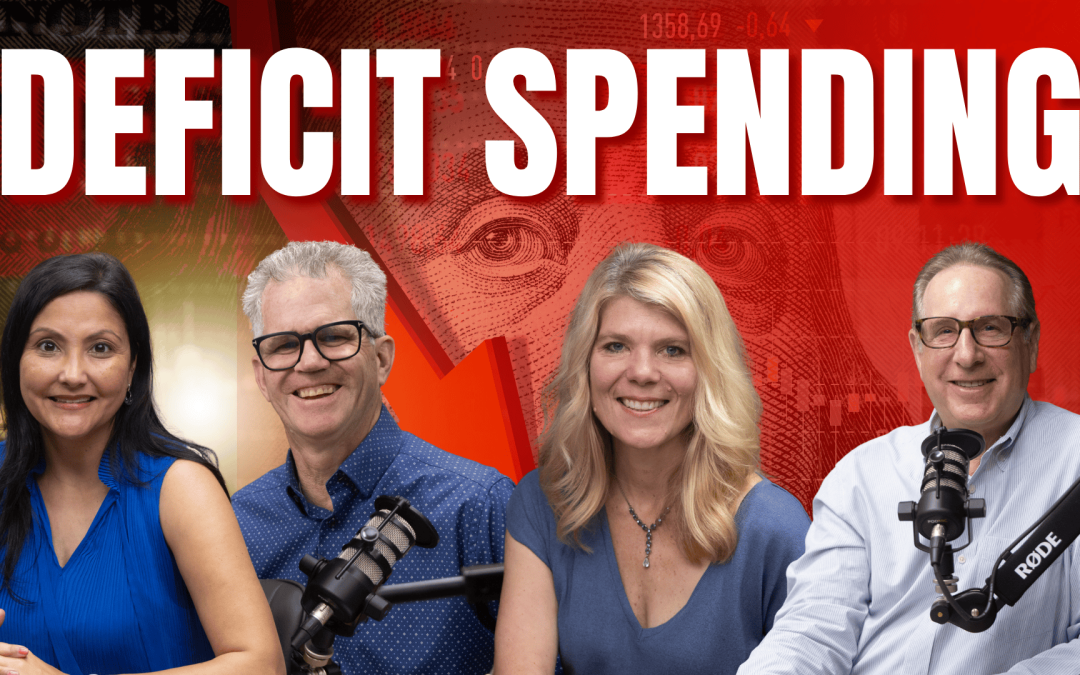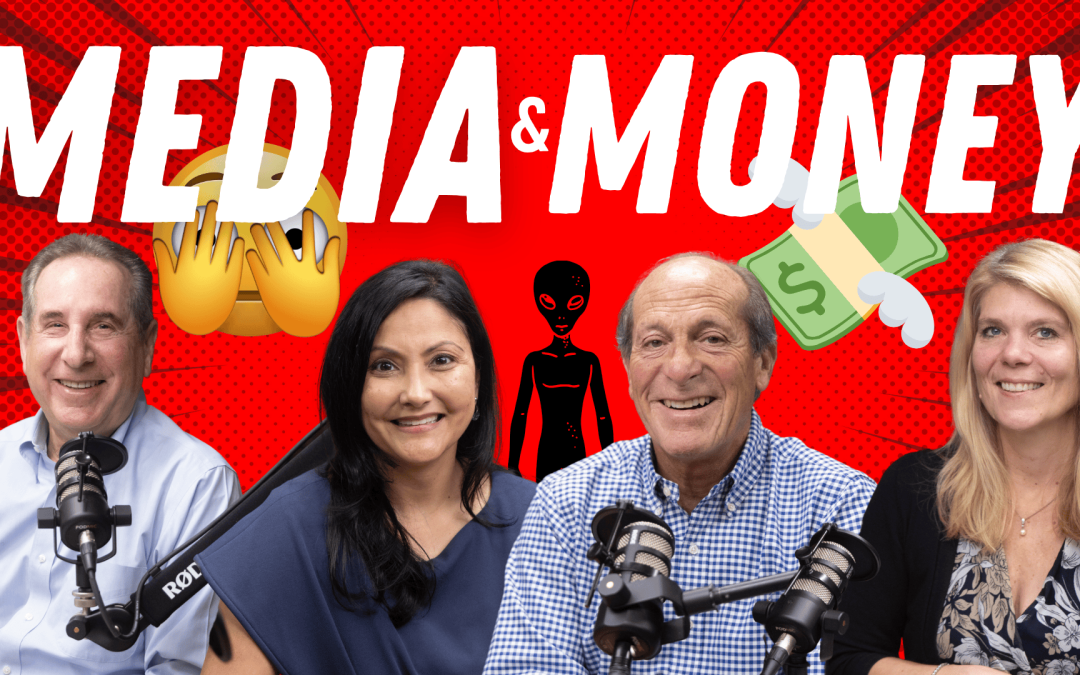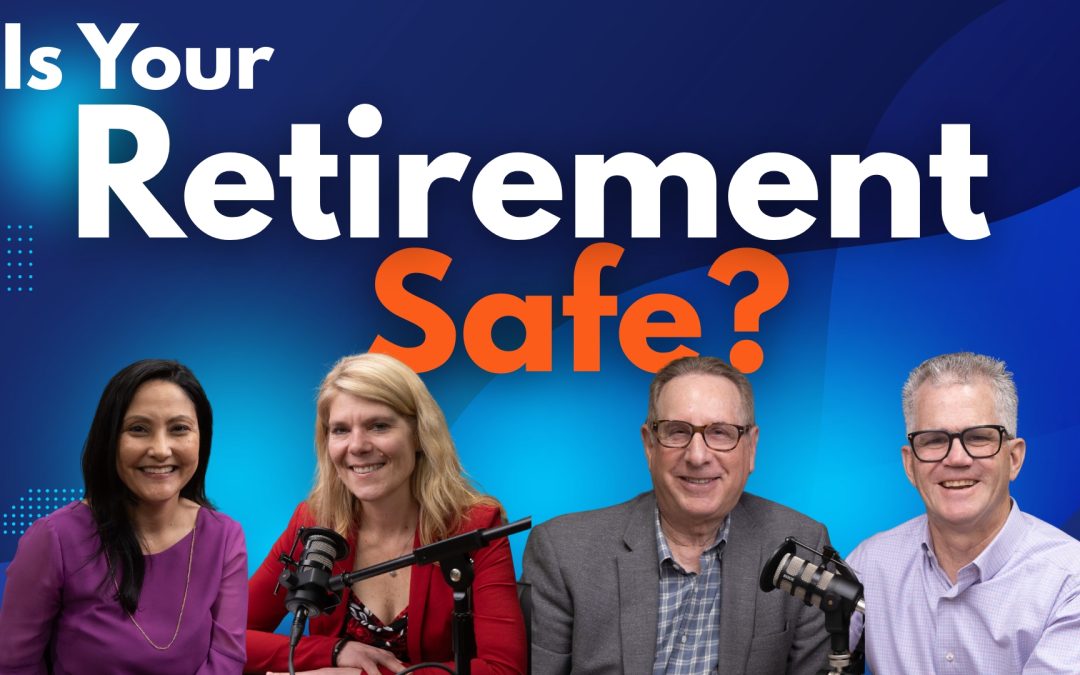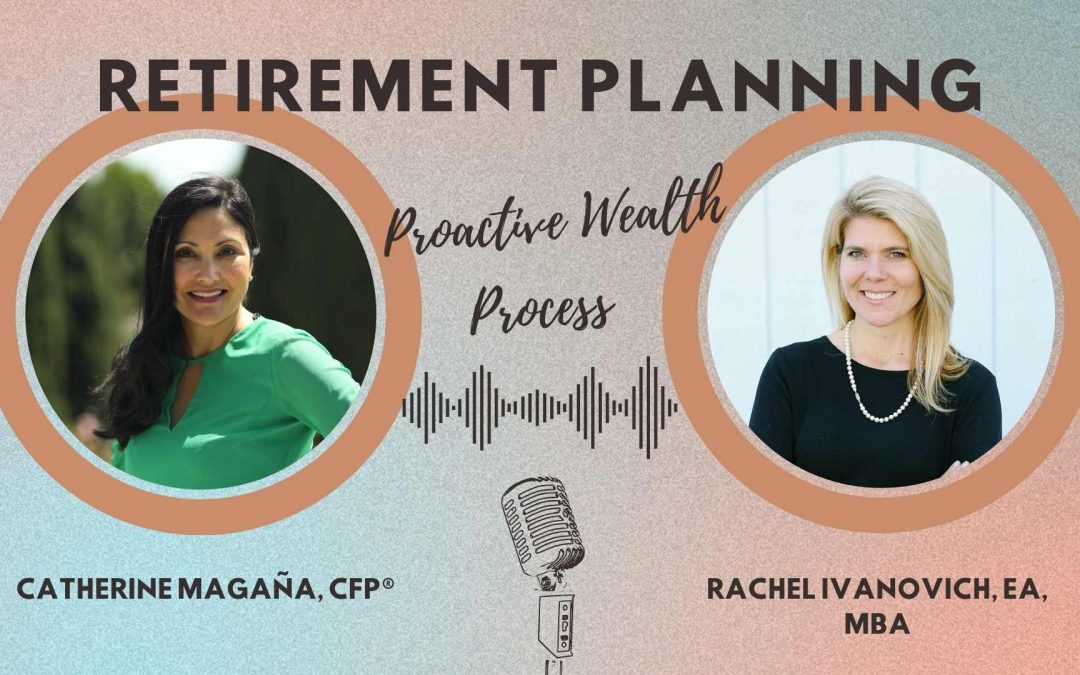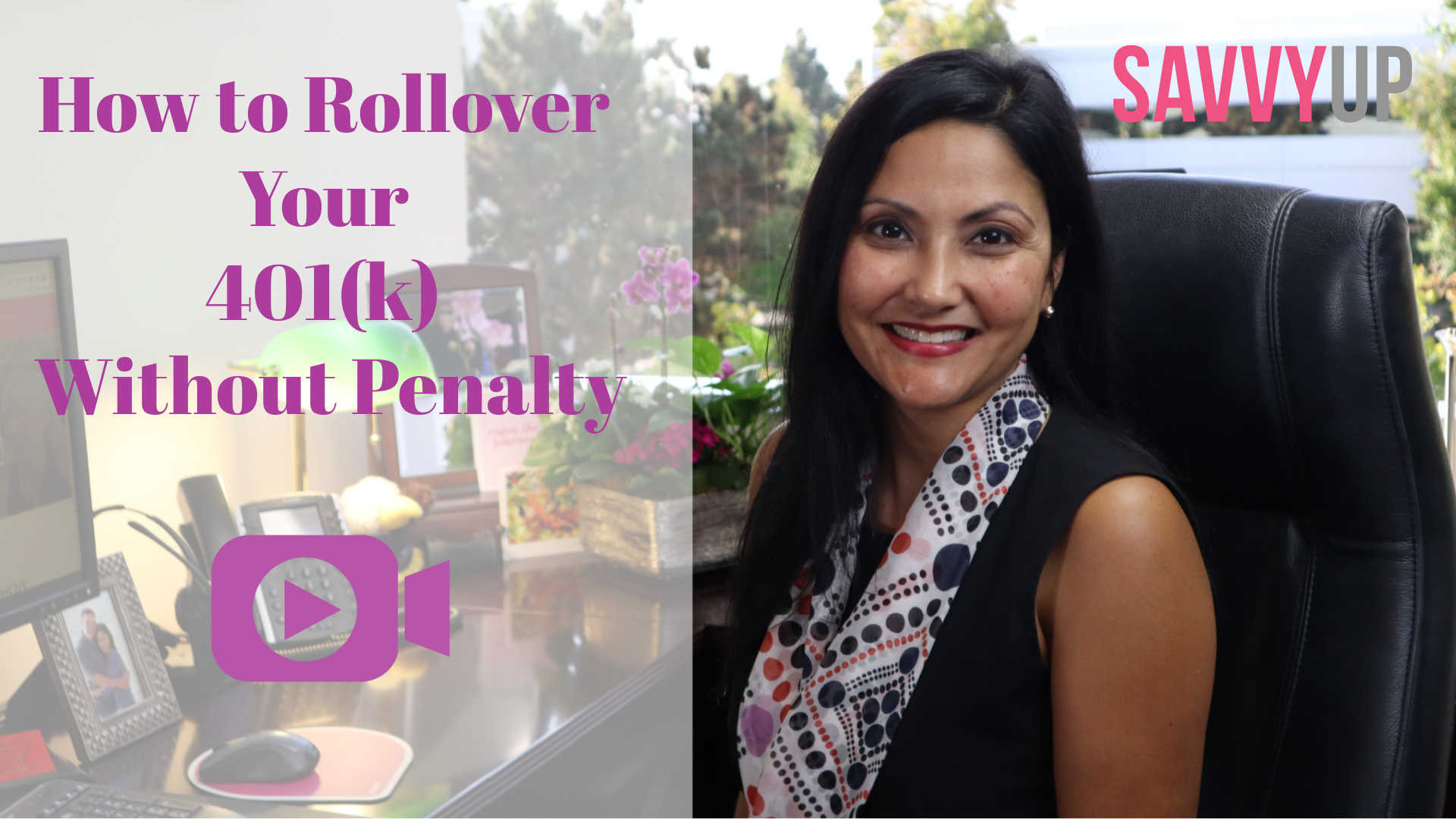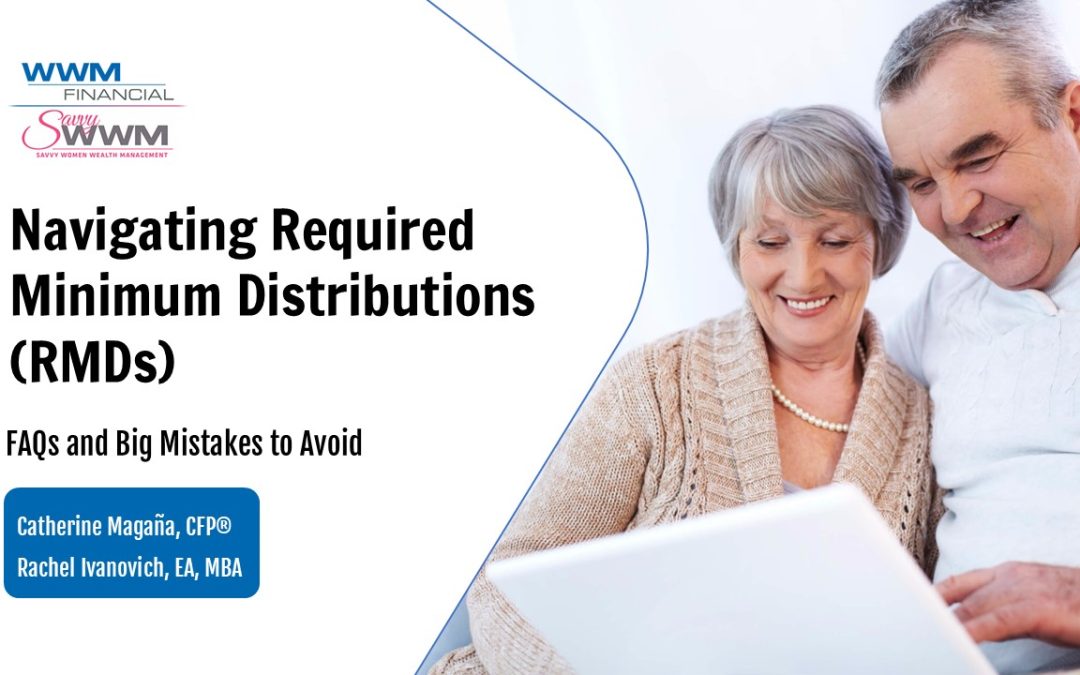
Navigating Required Minimum Distributions
Are you ready to take the guesswork out of Required Minimum Distributions (RMDs)? Join us for a 40 -minute power-packed webinar where we’ll answer the most frequently asked questions, uncover the biggest mistakes people make, and share smart strategies to keep more of your hard-earned money. Whether you’re approaching your first RMD or looking to optimize your withdrawals, this session is designed to help you stay in control and avoid costly pitfalls. Don’t miss this opportunity to gain clarity and confidence in your retirement planning.
Date Recorded: 3/13/2025
Disclosure:
WWM Financial is an SEC Registered Investment Advisor
The opinions expressed in this program are for general informational purposes only and are not intended to provide specific advice or recommendations for any individual or on any specific security. It is only intended to provide education about the financial industry and how we may be able to assist. To determine which investments may be appropriate for you, consult your financial advisor prior to investing. Any past performance discussed during this program is no guarantee of future results. As always please remember investing involves risk and possible loss of principal capital. Tax considerations presented may not be appropriate every individual circumstance. A tax professional should be consulted before making any decisions about your tax liability. wwmfinancial.com | 760.692.5190

